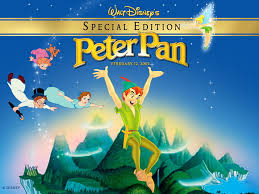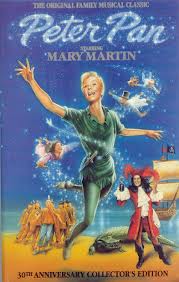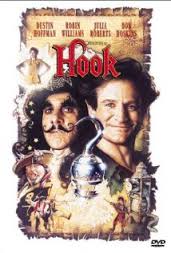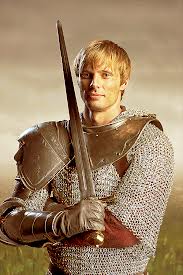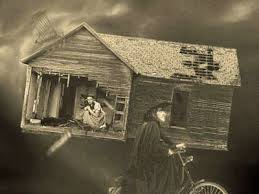For class the other day, we read the article “Commodified Enchantment: Children and Consumer Capitalism” by Beryl Langer. In it, she argued that capitalism’s appropriation of the “sacred child” was a direct contradiction with commercialism’s intrusion into the domain of childhood. In arguing this case, she also brought up the argument that today’s toys, which all stem from a TV show or a movie (and therefore already have a story affixed to them and are often part of a set which requires you to buy most or all of the set before it becomes useful), limit creativity.
At least more so than the toys of the Baby Boomers (blocks, G.I. Joe, Tonka toys). The reason for this (they argue) is that for many of today’s toys, there are only one or two configurations for them, while you can do tons of cool stuff with blocks.
My question is, is there any validity to these claims? There is certainly some validity to the argument that you have to buy most or all of a set before the toy achieves full functionality. In Pokemon, for example, the driving force is that you, “Gotta catch ’em all.” Well, if you play the video games, then you will know that in order to “Catch ’em all” you have to buy at least two video games from each “Generation (Gen)” of video games. In the first Gen, there were three games: Red, Yellow, and Blue. In each game, there were about ten Pokemon which were unavailable (Bellsprout and his evolutions, for instance, were unavailable in Red version). In order to get it, you had to have a friend or sibling who owned a Blue (or Yellow) version, plus an additional Game Boy, plus at least one link cable. The consumerism is most definitely there.
But does this limit creativity? I have seen teams of Pokemon (in Pokemon you make a “team” of six pokemon in order to battle other “teams”) which appeared really poorly constructed, but which actually showed remarkably elaborate strategy. People take the games and are extremely creative in building their teams. However, it can still be argued that they are still being creative within the confines of a set of rules, and therefore are not being actively creative, they are just taking advantage of someone else’s creation.
But aren’t children with blocks doing exactly the same thing? They are taking someone else’s creation and piling them up and perhaps creating remarkably elaborate castles and creating intricate stories of princes and princesses and dragons, but they are still doing so within the confines of the rules of the blocks. Perhaps the rules are simpler, and allow for more physical interpretations, but doesn’t Pokemon do basically the same thing? Sure, it has a storyline, and the end result is always basically the same, but within that storyline, you can do a TON of different stuff.
But how does it affect creativity on a grand scale? One could certainly argue that we see the result of the children who played with blocks. They are adults now, and they have been creating things for quite some time now, including…Pokemon? So Pokemon was just a creation by a person who played with blocks. It is the very embodiment of creativity. Shouldn’t creativity spawn more creativity? And if a creative endeavor doesn’t spawn more creativity, then why create it in the first place?
In the end, creativity will still survive, and humans will be creating things for the rest of time.
Now, have a picture of Bellsprout with Nicolas Cage’s face. (credit for the image here.)



